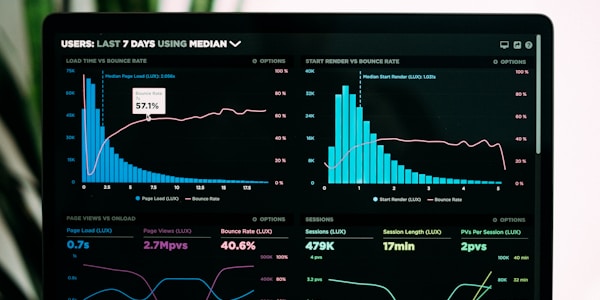Enterprise Applications (also called Enterprise Software Applications) are large-scale software systems designed to operate in a corporate or business environment. They are built to integrate and manage core business functions like finance, HR, operations, and customer service.
✅ What "Enterprise Applications" Means:
Software used by large organizations to run essential operations.
Types of Enterprise Applications
🏢 ERP Systems
Integrates accounting, inventory, HR, and operations into one unified system.
Examples: SAP, Oracle ERP, Microsoft Dynamics
👥 CRM Systems
Manages customer relationships, sales pipeline, and marketing campaigns.
Examples: Salesforce, HubSpot, Zoho CRM
📊 BI Tools
Provides data analytics, reporting, and business intelligence dashboards.
Examples: Tableau, Power BI, Qlik
🔗 SCM Systems
Manages supply chain, logistics, and vendor relationships.
Examples: Oracle SCM, SAP Ariba
👨💼 HRMS
Handles employee data, payroll, benefits, and performance management.
Examples: Workday, BambooHR, ADP
💰 Financial Systems
Manages accounting, budgeting, and financial reporting processes.
Examples: QuickBooks Enterprise, NetSuite
Benefits of Enterprise Applications
🚀 Increased Efficiency
Automates repetitive tasks and streamlines workflows across departments.
📈 Better Decision Making
Provides real-time data and analytics for informed business decisions.
🔒 Enhanced Security
Enterprise-grade security features protect sensitive business data.
💸 Cost Reduction
Reduces operational costs through process automation and efficiency gains.
Key Features of Enterprise Applications
Scalability
Handle growing data volumes and user bases
Integration
Connect with existing systems and third-party tools
Security
Enterprise-grade security and compliance features
Customization
Adaptable to specific business requirements
Implementation Process
Requirements Analysis
Assess business needs, current systems, and define project scope.
System Selection
Choose the right enterprise application based on requirements and budget.
Configuration & Customization
Tailor the system to match business processes and workflows.
Data Migration
Transfer existing data from legacy systems to the new platform.
Testing & Training
Conduct thorough testing and train employees on the new system.
Go-Live & Support
Launch the system and provide ongoing maintenance and support.
💡 Simple Explanation
A regular app is made for a small group of people.
An enterprise application is made for a whole company — helping teams, departments, and managers work together more efficiently.





